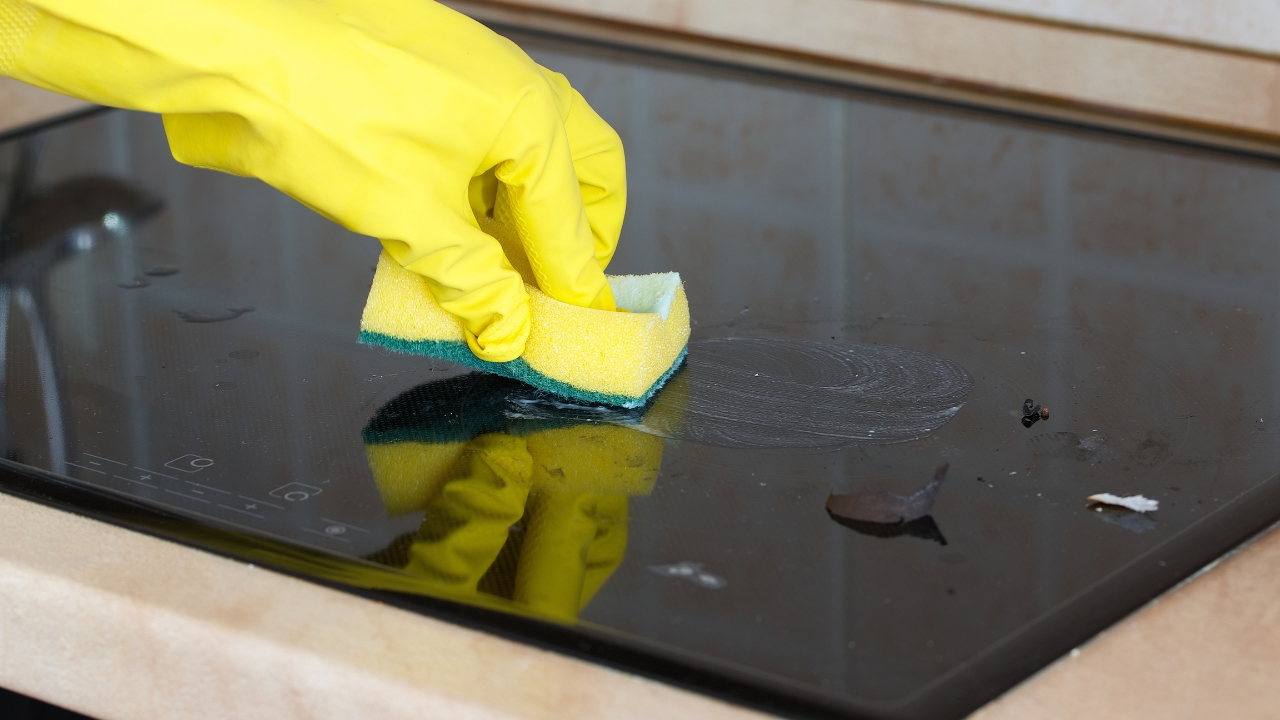What your house looks like to someone who’s never been in it before
You spend so much time in your home that it’s easy to stop noticing the details. The scuff on the wall, the pile of shoes by the door, or that one lightbulb that’s been out for months — they all blend into the background after a while. But when someone new walks in, they see everything at once.
The layout, the smells, the lighting — it all forms an instant impression. Seeing your home through a guest’s eyes can be uncomfortable, but it’s also one of the best ways to figure out what actually needs attention.
The entry sets the tone before you say a word
The moment someone steps inside, they notice the smell, temperature, and clutter level. If the entry feels cramped, dark, or crowded, it sends a message before you even greet them.
You might not think twice about the shoes lined up by the door or the stack of mail on the counter, but that’s the first thing a visitor’s eye goes to. Even a quick sweep — a clean doormat, warm lighting, and a spot to hang a jacket — can make your home feel instantly more welcoming.
Lighting changes how everything feels
You get used to your lighting without realizing how much it affects the mood. Too bright can make things feel sterile; too dim can make a space look dingy. Guests tend to notice lighting first because it influences how clean and open a home looks.
Warm-toned bulbs, a few lamps in corners, and under-cabinet lighting in the kitchen can make your home feel softer and more intentional. Harsh overheads or bare bulbs, on the other hand, draw attention in the wrong way.
Smells leave a bigger impression than decor

Every house has a smell — you probably don’t notice yours anymore. Cooking odors, pets, and even laundry products create a “scent signature” that outsiders pick up immediately. It’s not about masking it with candles; it’s about keeping air fresh.
Open windows regularly, empty trash cans often, and clean soft surfaces that trap odor. Fresh air and a clean space always smell better than artificial sprays, and visitors can tell the difference.
Clutter reads as stress, not personality
You might think of your stacks of books, baskets of laundry, or kitchen gadgets on the counter as part of your home’s personality, but to a new eye, clutter looks like unfinished business. It gives the sense that the house is always in use but never quite caught up.
A lived-in home doesn’t need to be spotless — it just needs visual breathing room. Clearing a few surfaces can make your home feel calmer to everyone who walks in, including you.
Decor tells a story — even when you don’t mean it to
The photos, colors, and furniture you choose say something about how you live. Guests pick up on patterns — maybe you like things cozy, or maybe everything’s neutral and polished. Sometimes, though, your decor might tell an outdated story.
Old curtains, mismatched frames, or cluttered walls can make a space feel tired. You don’t need a full redesign to fix it. Swapping one or two things for something cleaner or more intentional can make your home feel refreshed to anyone walking in.
Cleanliness doesn’t have to mean perfection

Visitors don’t care about a little dust, but they notice the areas that show use — kitchen counters, bathrooms, floors, and sinks. Those spaces tell the truth about how well a home is cared for. A quick wipe-down before company comes can make a huge difference, especially in high-touch areas.
It’s not about deep cleaning every time someone visits; it’s about keeping the spaces people actually use feeling clean and maintained.
The flow matters more than the furniture
You know how to move through your house — where to squeeze by, where the light switches are, how to step around the coffee table. Guests don’t. If the layout feels cramped or confusing, it shows.
Pay attention to how easy it is for someone new to walk from the living room to the kitchen or find the bathroom without asking. A few small shifts in furniture placement or clearing walkways can make your home feel more natural to navigate.
You don’t have to look at your home like a stranger every day, but doing it once in a while helps you see what really stands out. The little things — the lighting, the layout, the air, the surfaces — shape how your home feels to everyone who steps inside.
And once you start noticing those details, it’s a lot easier to make your space feel welcoming again.
Like Fix It Homestead’s content? Be sure to follow us.
- I made Joanna Gaines’s Friendsgiving casserole and here is what I would keep
- Pump Shotguns That Jam the Moment You Actually Need Them
- The First 5 Things Guests Notice About Your Living Room at Christmas
- What Caliber Works Best for Groundhogs, Armadillos, and Other Digging Pests?
- Rifles worth keeping by the back door on any rural property
*This article was developed with AI-powered tools and has been carefully reviewed by our editors.







